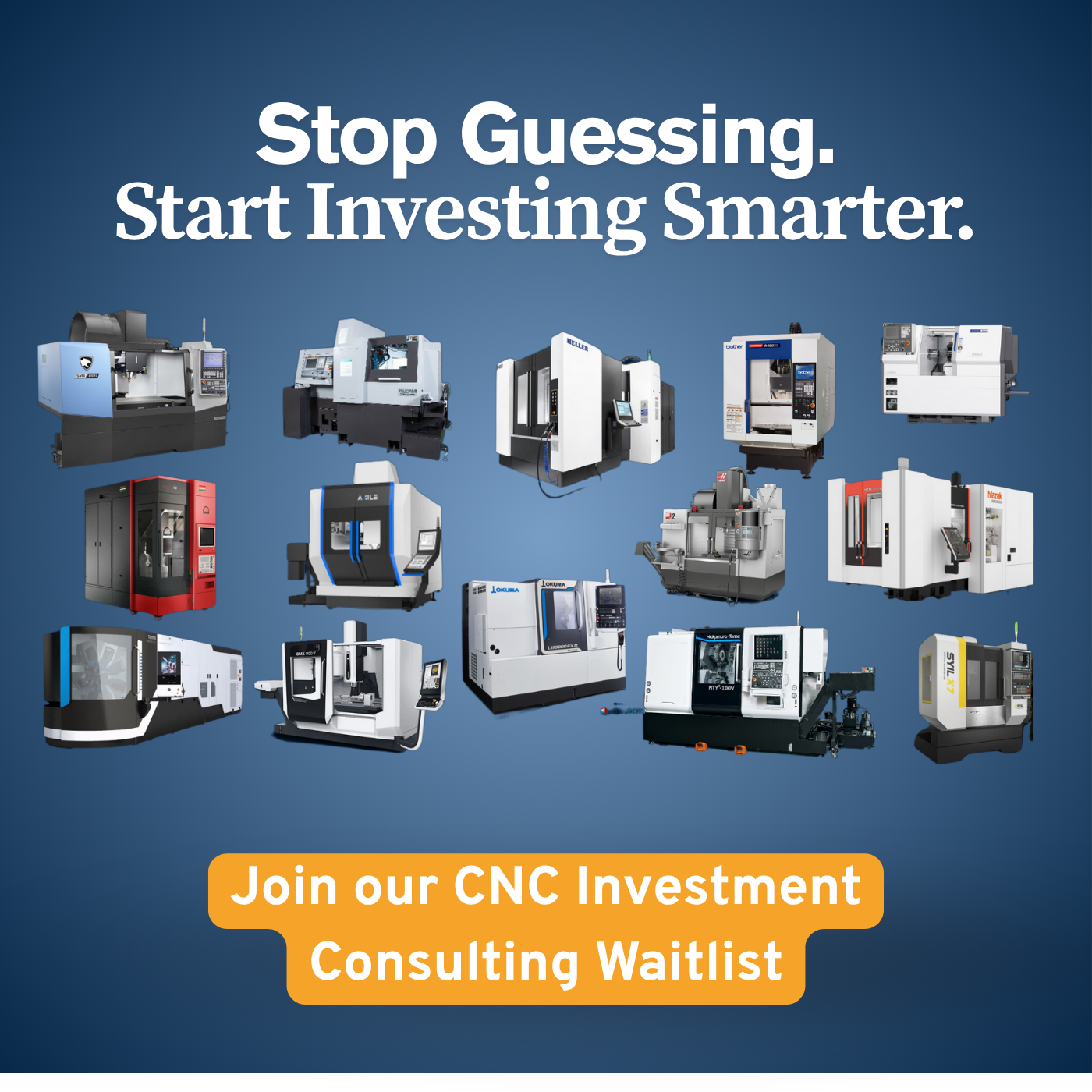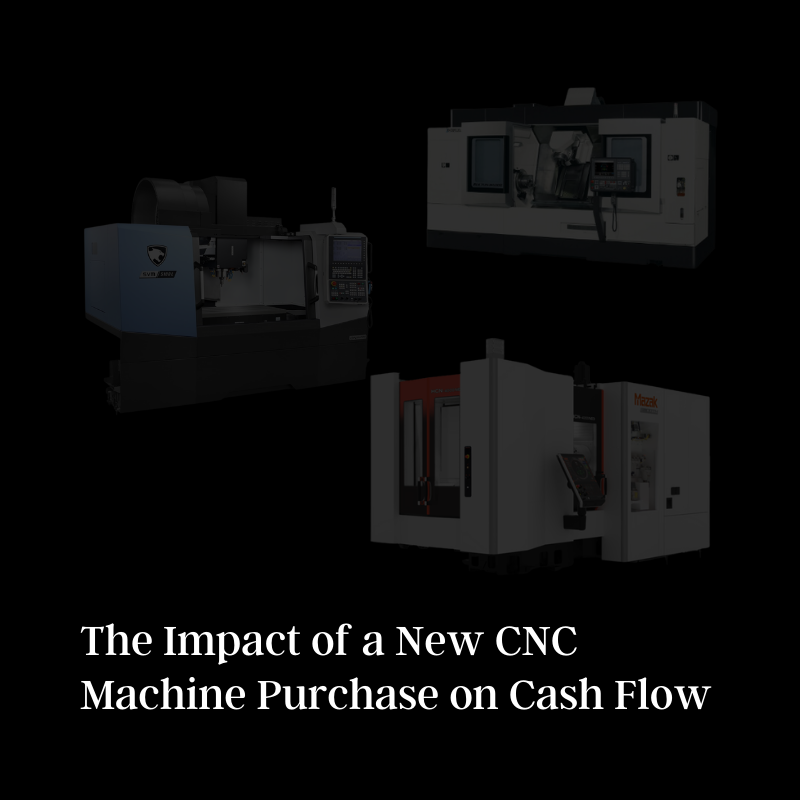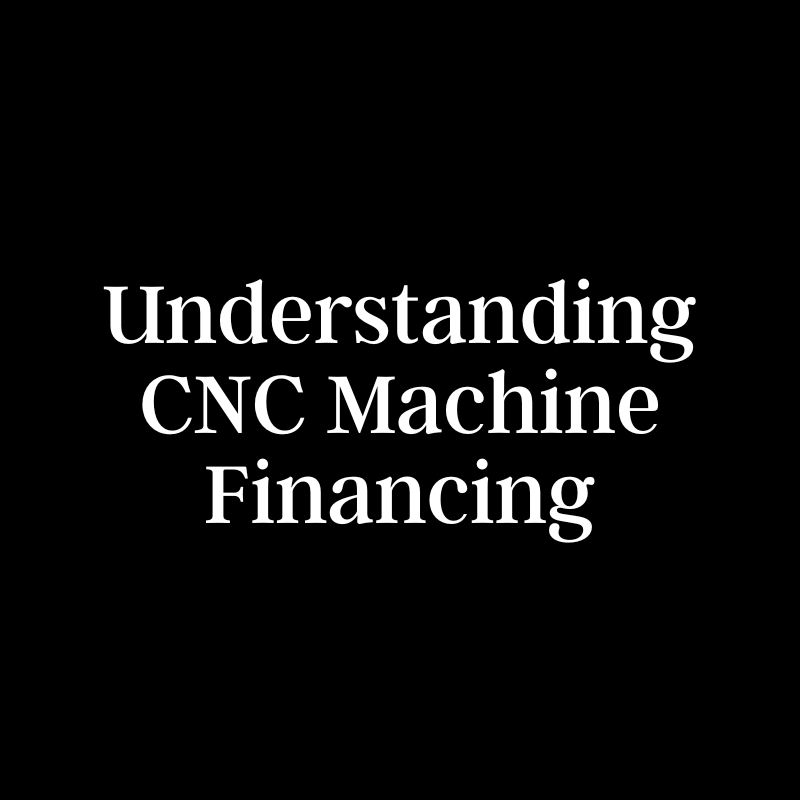Investing in a new CNC machine is a significant financial commitment, requiring a detailed understanding of the potential return on investment (ROI).
A thorough ROI analysis for a new CNC machine involves calculating the initial investment cost, estimating the machine's impact on production efficiency and product quality, considering operational cost savings, and projecting the long-term financial benefits. Doing an ROI analysis will help you determine if the investment is financially viable and how it will contribute to your business's growth and profitability.
1: Identify the Total Cost of Investment
The first step in conducting an ROI analysis is to calculate the total cost of the investment. This includes not only the purchase price of the CNC machine but also additional expenses such as shipping, installation, training for operators, and any necessary modifications to your facility. Understanding the full upfront cost is important for an accurate ROI calculation.
2: Estimate Increased Production Efficiency
Next, evaluate how the new CNC machine will enhance your production efficiency. This could include faster production times, reduced material waste, and lower labor costs due to automation. Quantify these efficiency gains in monetary terms by comparing current production costs with projected costs post-investment.
3: Assess Additional Revenue Opportunities
Consider how the CNC machine could enable you to tap into new markets or offer new products. This might involve producing higher-quality items, reducing lead times, or manufacturing products that were previously outsourced. Estimate the potential revenue increase from these opportunities, taking into account market demand and pricing strategies.
4: Calculate Operational Cost Savings
A new CNC machine can lead to significant operational cost savings, including reduced energy consumption, lower maintenance costs, and fewer production errors. Estimate these savings by comparing the operating costs of your current machinery with the projected costs of the new CNC machine, taking into account its improved efficiency and reliability.
5: Project the Long-Term Financial Benefits
Finally, compile all the data collected in the previous steps to project the CNC machine's long-term financial benefits. Use this information to calculate the ROI, comparing the total cost of investment against the total financial benefits over a specific period. This projection should give you a clear picture of when you can expect the investment to break even and how it will impact your profitability moving forward.




